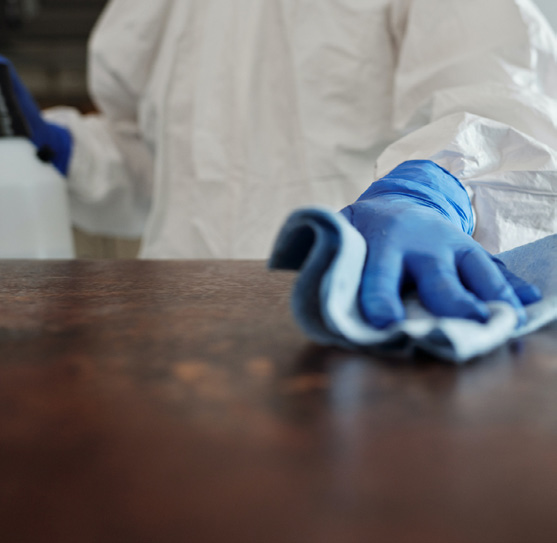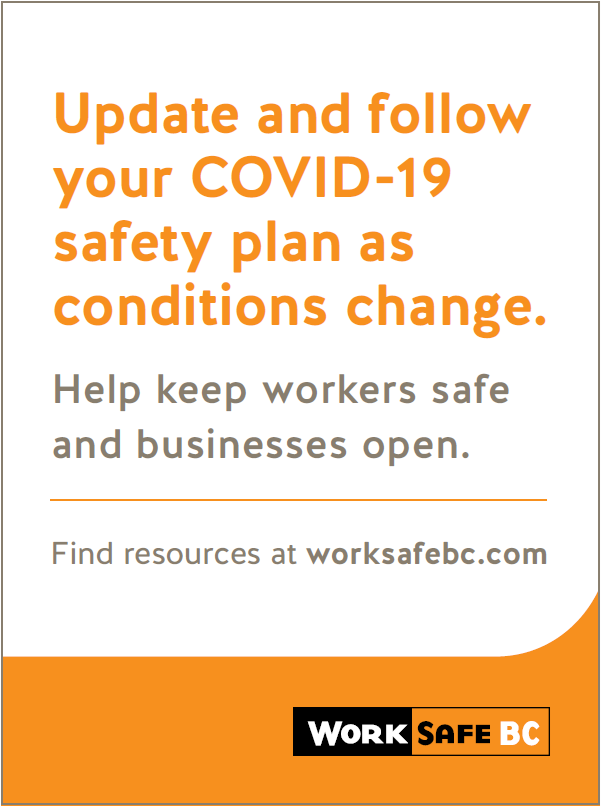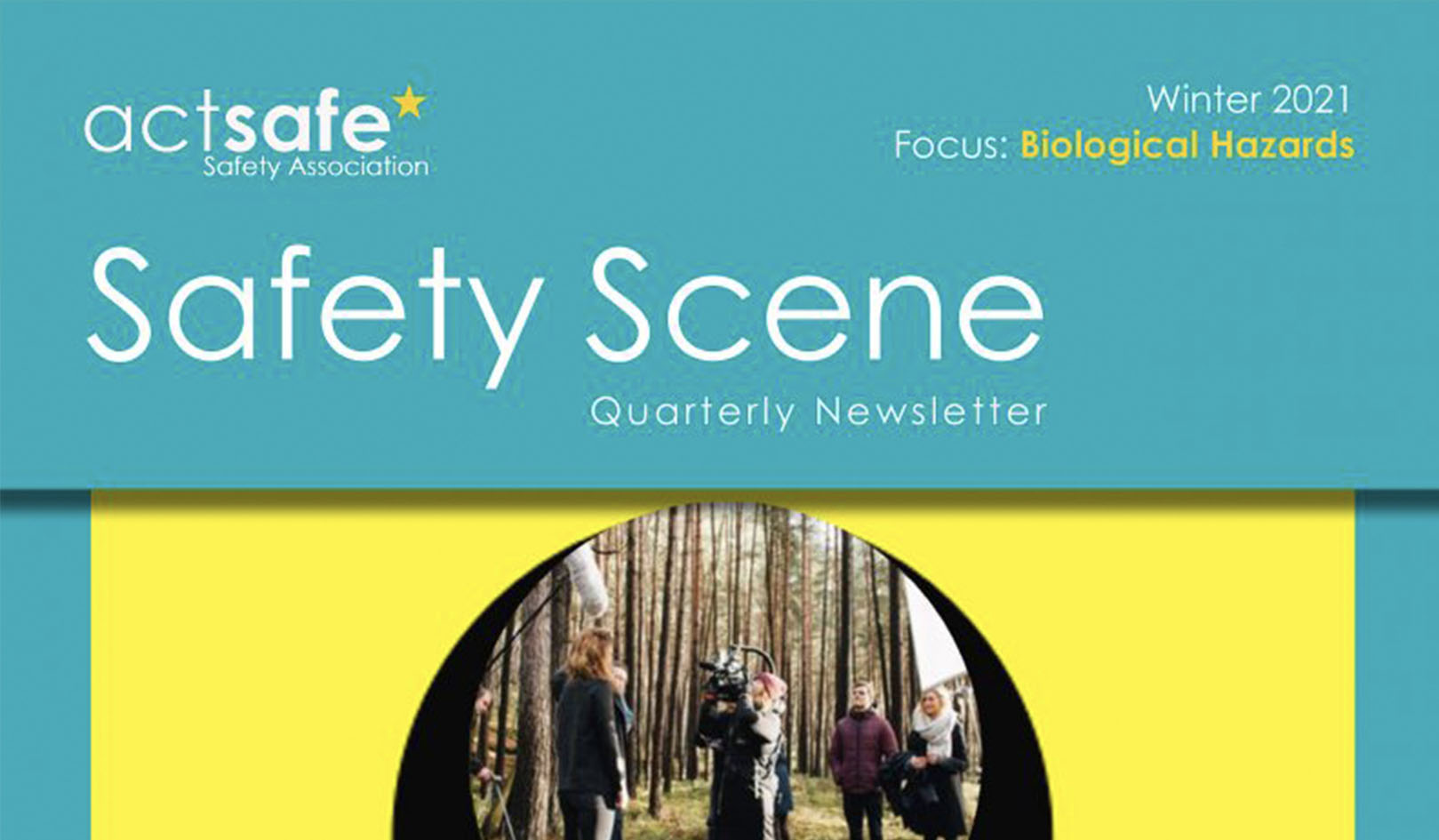
Cleaning and disinfecting surfaces plays an important part in reducing the spread of COVID-19. In the arts and entertainment industries, surfaces can include cameras, rigging equipment, costumes, and props. Workers who use cleaning products may risk chemical exposure that can cause injury.
Many cleaning disinfectants contain chemicals that are dangerous if not used as directed. Workers should be knowledgeable of the different types of cleaners available to them. Product preparation will vary depending on ingredients, what it’s used for, and how it’s applied. It’s important to know which cleaner to use for what purpose and how to use the product in a safe manner. This can be even more problematic when using concentrated solutions.
Workers can be exposed to hazardous chemicals if they are using inappropriate products or if the products are prepared or applied incorrectly. For example, the products may not be diluted properly. This may be applied to using aerosolizing methods (spraying or fogging) that are not suitable for the product. In some cases, residues left on surfaces can cause skin irritation.
Keeping workers safe when using hazardous chemicals in the workplace.

If workers use chemicals to clean with, employers must assess the risks or dangers of using the specific chemicals. Employers must also take steps to control the risks to acceptable levels. This is achievable through regular inspections and safe work practices. As part of your cleaning plans, employers must do the following:
- Develop written procedures for the dilution and application of cleaning and disinfectant products. Written procedures should be clear on how to dilute, prepare, and apply the product safely. They should also specify the type of personal protective equipment (PPE) to use and what to do in an emergency
- Train workers on how to store and handle chemicals and clean up leaks and spills. Be sure to convey information on the hazards of the products they are using.
- Provide workers with the PPE needed to safely prepare and apply the product. In most cases, workers should use eye and skin protection when working with chemicals.
See The BC Motion Picture Industry’s COVID-19 Pandemic Production Guide to learn more. Also, see Part 5 of the Occupational Health and Safety Regulation.
To reduce risks associated with hazardous chemicals, follow these procedures:

- Avoid products that contain more hazardous ingredients. Instead, select those that cause less severe health effects. Health Canada lists hard surface disinfectants appropriate for this use.
- Choose products that are prediluted or use disinfectant wipes. Read manufacturer’s instructions and product labels to determine the required strength. Avoid using a stronger solution than the manufacturer recommends. A stronger solution may be more hazardous to workers and may not be any more effective.
- Use spray (aerosolization) methods only if you have conducted a risk assessment. Ensure the worker can apply the product following the manufacturer’s instructions.
- Label decanted products with the product identifier and safe handling information. If applicable, include the expiry date and reference the safety data sheet.
- Provide emergency washing facilities for workers who are diluting concentrated products. This is particularly important for products that can burn the skin or eyes.
- Never mix disinfectants with cleaners, other disinfectants, or other chemicals.
- Store these products in well-ventilated areas. Incompatible chemicals should not be stored together.
Whether in a studio, on location, or in a postproduction facility, it’s important that workers know how to work safely with hazardous cleaning products. Remind workers to talk to their supervisor about any concerns with the products they use.
You can find more related resources and COVID-19 workplace health and safety protocols on worksafebc.com.
This article was written for our quarterly newsletter, Safety Scene. You can find a link to the full edition below.



Share Now: